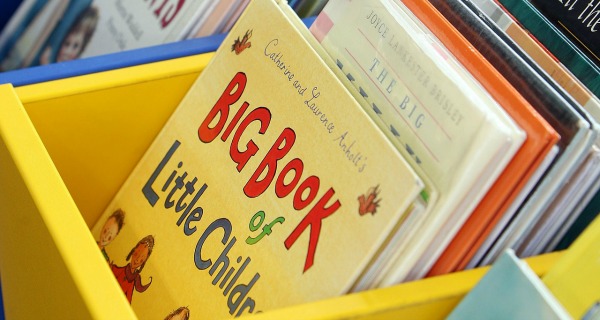
New writers often assume a few things about what it takes to draft a picture book ... only to find out they were wrong. I have taught dozens of picture book writers over the years and have taken many classes myself, and these are some of the most common misconceptions I've seen.
Misconception #1: They’re short, so they are easier to write.
This may be true for some writers, but for most writers of picture books, this is not the case. Once they begin to read and study picture books and the craft of writing picture books, writers realize how unique these stories are and how much is involved in writing a well-crafted one. Fewer words mean each word counts for so much more and your story must be carefully written to engage the reader from the very first word.
Misconception #2: Children’s stories should teach a lesson.
Not every story. In fact, most commercial publishers frown on didactic stories, preferring that any “message” arise organically from the story itself. That said, there are a number of publishers who publish lesson-oriented stories, where the message takes precedence over the story itself. An example of this is The Juice Box Bully: Empowering Kids to Stand Up for Others by Bob Sornson, illustrated by Maria Dismondy. An example of a picture book about bullying where the lesson is not as overt is The Recess Queen by Alexis O'Neill, illustrated by Laura Huliska-Beith. The most important thing is to know what type of story you are telling and how you want to tell it so you can position it correctly in the marketplace if you decide to publish it.
Misconception #3: Assuming the illustrator just illustrates the text of the story.
A good illustrator will be telling part of the story, not just representing the text in visual form—though there are some illustrations that do this, usually when it’s important to reflect the text, as in a lesson-oriented picture book. Understanding the interplay between text and illustrations is key to writing an effective picture book story.
Misconception #4: If I want to publish my picture book, I must find the illustrator.
This is only true if you plan to self-publish. If you want to traditionally publish your picture book, your editor at the publishing house will match your text with an illustrator s/he believes is right for it.
Misconception #5: If my kids/grandkids/students/friends/relatives love my story, a publisher will too.
They might, but that isn’t an accurate measure of the quality and appeal of your story. These people love you and/or look up to you, so of course they are going to love your story! What matters to a publisher is what is on the page. Don’t use this information when you approach an agent or editor; it will mark you as an amateur.
There are other misconceptions out there, but these are probably the ones I encounter most as an instructor. They are also the ones that I held when I first started writing many years ago. Some of them I had to learn about the hard way—like #5, very embarrassing—others I discovered from fellow writers along the way. Knowing these misconceptions can not only help you assess your own work, but inform your publication process when and if that time comes.
My best advice is to read as many picture books as you can, taking time to understand how they are put together and what makes them work.
Denise Vega is an award-winning children's book author and a member of the Lighthouse faculty. Her most recent picture book, If Your Monster Won’t Go to Bed, illustrated by Zachariah OHora, was published in March by Knopf/Random House. Vega will be teaching Writing Children's Books: Getting Started, starting August 16.

